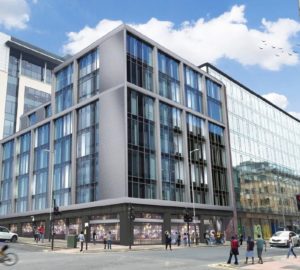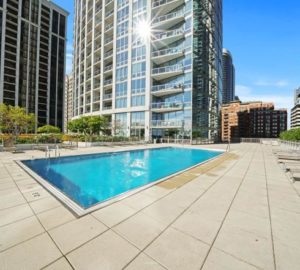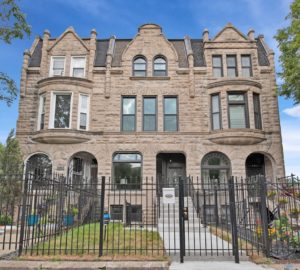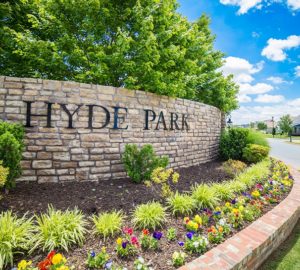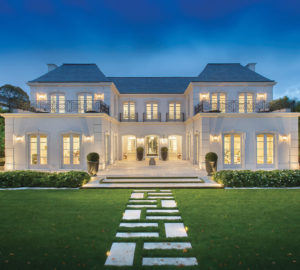Our friends at Rent Cafe sent this tidbit:
Would you rent an apartment in an old cotton mill or dispensary? As adaptive reuse projects are gaining ground in the U.S., finding a place to live in a historical reconditioned building is easier than ever. In the last decade, apartment conversions reached an all-time high, as 800 old structures were restored into over 96k modern units.
We looked at Yardi Matrix data to see where apartment conversions were most common, going back as far as the 1950s. Based on our findings, Chicago holds the top spot as the city with the highest number of adaptive reuse projects in the nation – it has 91 reconditioned residential buildings and the most hotel-to-apartment conversions nationwide.

Here are some other interesting highlights:
- Since the 1950s, almost 14,200 new units were created in the city by restoring 91 old buildings into apartment communities.
- In Chicago, a share of 81% apartment conversions was aimed towards lower and middle-income renters.
- Chicago’s preferred building type to turn residential is hotels, repurposing 46 of them throughout the city. Should we expect some new hotel-to-apartment conversions in the future, given the Palmer House Hotel’s foreclosure?
- Offices, warehouses, and even healthcare buildings have been a source of apartment conversions in the city. One of the oldest buildings to be repurposed for residential use is the historical Brock & Rankin printing facility, dating back to 1883.

To see Chicago’s converted apartment buildings, including the Victorian-era Pine Grove Manor, check out our interactive map: https://public.tableau.com/profile/rentcafe.com#!/vizhome/70YearsofAdaptiveReuseProjectsinChicago/Chicago.
If you’d like to discover other amazing adaptive reuse projects nationwide, here’s our complete study: https://www.rentcafe.com/blog/apartmentliving/yesterdays-factories-todays-apartments-70-years-of-building-conversions-in-the-u-s/.

